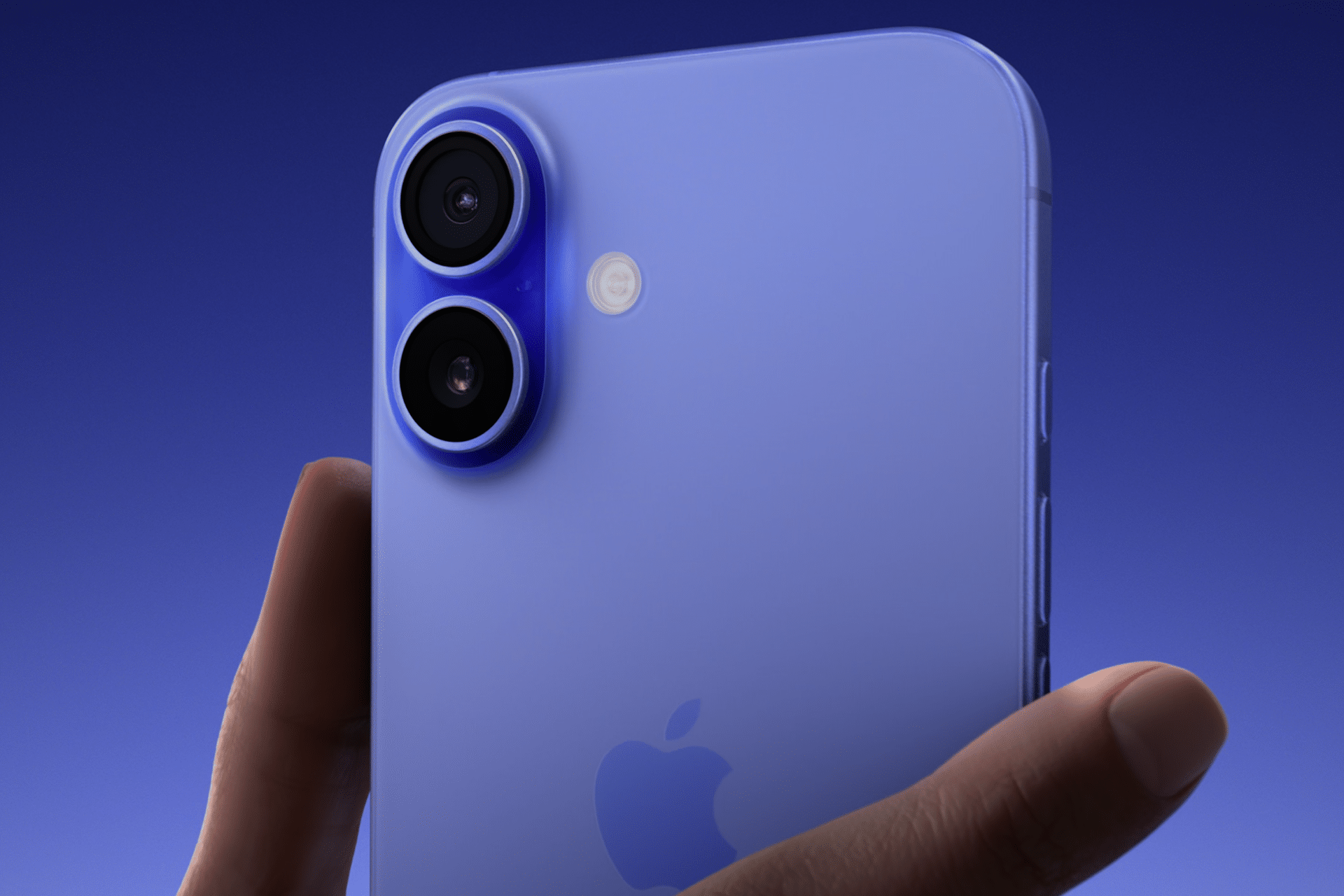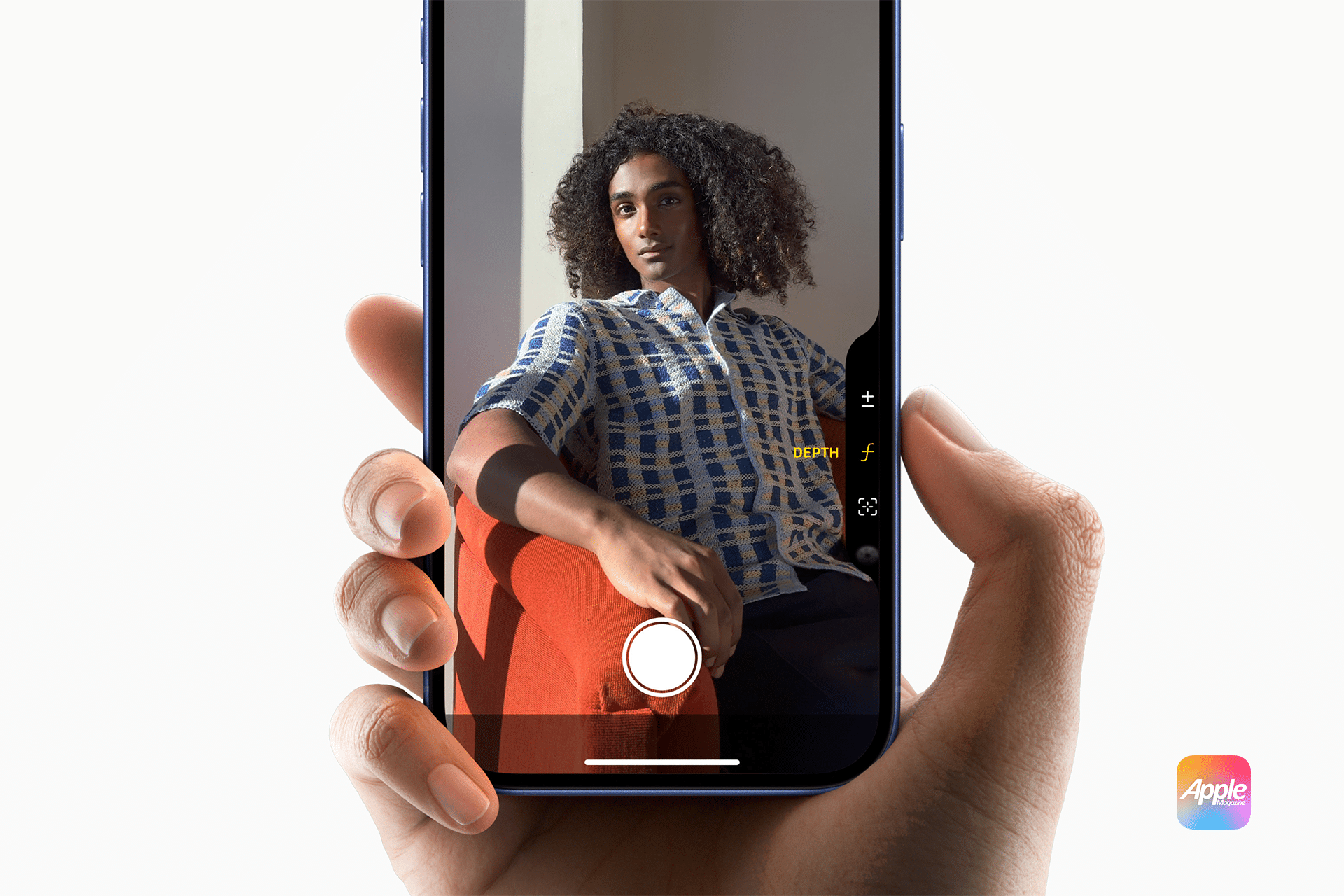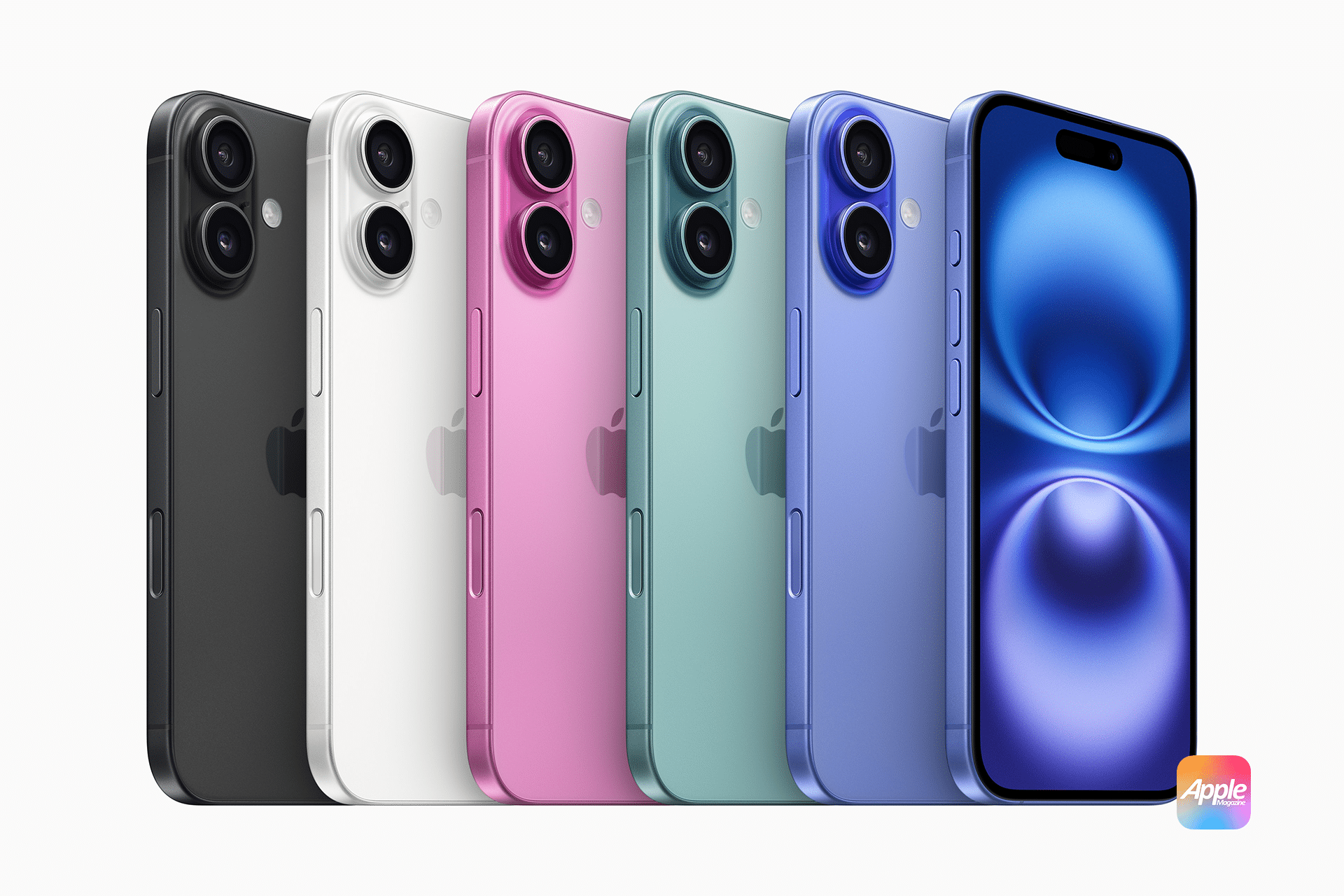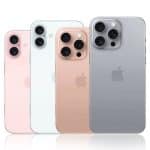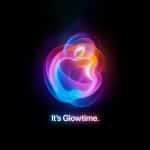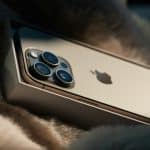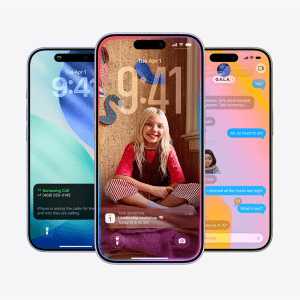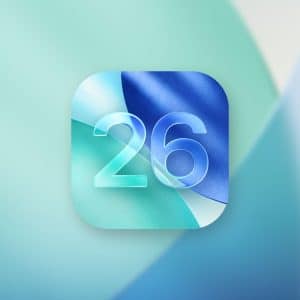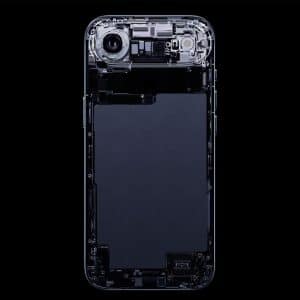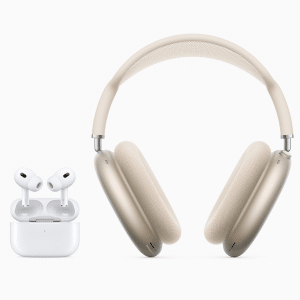Apple’s Pro models have long been regarded as the ultimate choice for tech enthusiasts, offering cutting-edge features and premium materials. Yet, the recent success of the iPhone 16 suggests that the tide is turning. What’s behind this change?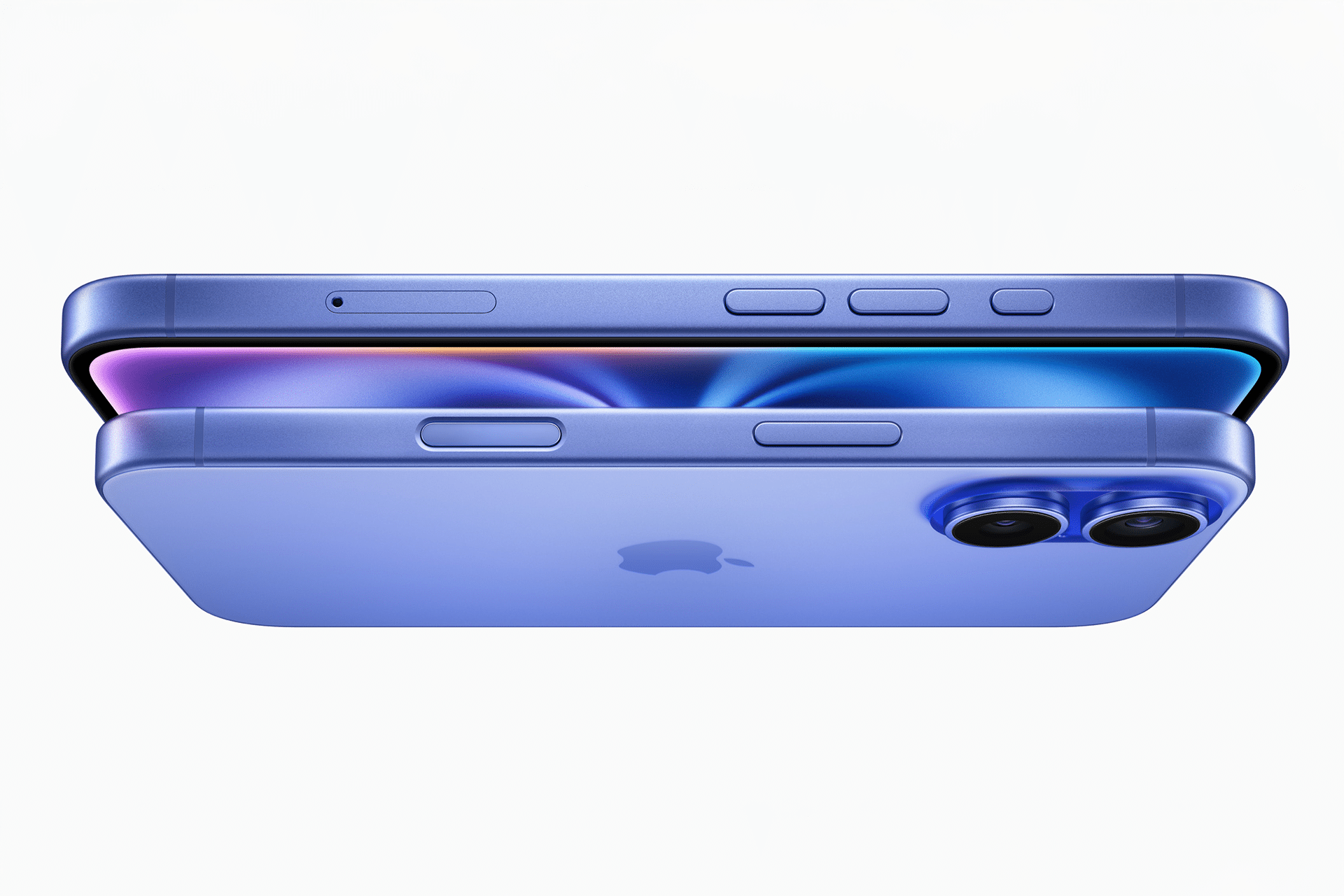
Competitive Pricing Without Compromise
One of the biggest drivers of the iPhone 16 sales surge is its competitive pricing. While Pro models like the iPhone 16 Pro and Pro Max boast advanced features such as telephoto cameras and exclusive design elements, the standard iPhone 16 delivers incredible value at a lower price point.
The iPhone 16 is equipped with the powerful A17 Bionic chip, a stunning Super Retina display, and a robust camera system—features that are more than enough for most users. For consumers looking to save a few hundred dollars without sacrificing performance, the iPhone 16 emerges as the perfect choice.
Refined Design for the Everyday User
The iPhone 16 continues Apple’s tradition of sleek, modern design while offering practical enhancements that appeal to the average consumer. Unlike the Pro models, which often emphasize features targeted at professionals or tech enthusiasts, the standard model strikes a balance between performance and usability.
For example, the aluminum frame and glass back of the iPhone 16 make it lightweight and comfortable to hold, without feeling like a downgrade from the Pro’s stainless steel build. Combined with its vibrant color options, the iPhone 16 resonates with users who prioritize style and functionality over luxury materials.
The Appeal of the iPhone 16 for a Wider Audience
While Apple’s Pro models cater to a niche segment of buyers, the iPhone 16 has broader appeal. Its popularity highlights a growing demand for accessible technology that meets the needs of everyday users.
The A17 Bionic chip powers the iPhone 16, ensuring lightning-fast performance for gaming, video streaming, and multitasking. This chip, once exclusive to Pro devices, is now available in the standard model, making it a compelling option for users who crave power without paying a premium.
Additionally, the iPhone 16 boasts a dual-camera system with features like Night Mode and Smart HDR, enabling users to capture stunning photos and videos without needing the Pro’s triple-lens setup. This democratization of technology is a key factor in the iPhone 16 sales surge.
The iPhone 16 excels in battery life, offering all-day performance that appeals to busy professionals, students, and families. Its efficiency and reliability make it a trustworthy companion for users who depend on their devices for both work and play.
Unlike Pro models, which may prioritize advanced camera setups or exclusive software capabilities, the iPhone 16 focuses on delivering a reliable experience for a wider audience.
Pro Models Losing Their Edge?
The success of the iPhone 16 has led to an interesting question: Are Apple’s Pro models losing their edge? While Pro devices remain popular among tech enthusiasts, the current sales trends indicate that fewer consumers are willing to pay the premium for incremental upgrades.
In recent years, the feature gap between standard and Pro iPhones has narrowed. While Pro models still offer exclusive features like ProMotion displays and advanced telephoto lenses, many consumers feel these upgrades are not worth the extra cost. The iPhone 16, with its impressive hardware and software capabilities, meets the needs of most users without requiring them to pay top dollar.
Another factor contributing to the iPhone 16 sales surge is a shift in consumer priorities. Rather than opting for the most feature-packed device, buyers are focusing on value, reliability, and practicality. The iPhone 16 aligns perfectly with these priorities, offering an excellent balance of price and performance.
Implications for Apple and Competitors
The success of the iPhone 16 is more than just a sales trend—it has significant implications for Apple’s product strategy and the broader smartphone market.
Apple has always been a master of product segmentation, creating distinct tiers within its iPhone lineup to appeal to different demographics. However, the iPhone 16 sales surge may prompt the company to rethink how it positions its Pro models.
By focusing on refining the standard model and ensuring it delivers top-tier performance, Apple has tapped into a lucrative segment of the market. Moving forward, the company may place greater emphasis on differentiating its Pro devices to justify their higher price tags.
The iPhone 16’s popularity also poses a challenge for competitors like Samsung, Google, and OnePlus. Apple’s ability to deliver flagship-level performance in a mid-tier price range raises the bar for the entire industry. To remain competitive, other manufacturers will need to offer similar value propositions without compromising on quality.
What This Means for Future Buyers
For buyers considering their next smartphone, the iPhone 16 sales surge sends a clear message: you don’t need to break the bank to enjoy a premium experience. The standard model offers nearly all the power and functionality of its Pro siblings, making it an ideal choice for anyone seeking a balance between performance and affordability.
Whether you’re upgrading from an older device or entering the iPhone network for the first time, the iPhone 16 is proof that high-end technology doesn’t have to come with a high price tag.
The iPhone 16 sales surge marks a turning point in the smartphone market, highlighting a shift in consumer behavior and a growing demand for accessible technology. With its competitive pricing, refined design, and powerful features, the iPhone 16 is reshaping Apple’s product strategy and redefining what buyers expect from a standard model.
As Apple continues to innovate and respond to market trends, one thing is certain: the iPhone 16 is more than just a smartphone—it’s a glimpse into the future of mobile technology. Whether you’re a loyal Apple fan or a first-time buyer, the iPhone 16 proves that the perfect blend of price and performance is within reach.
